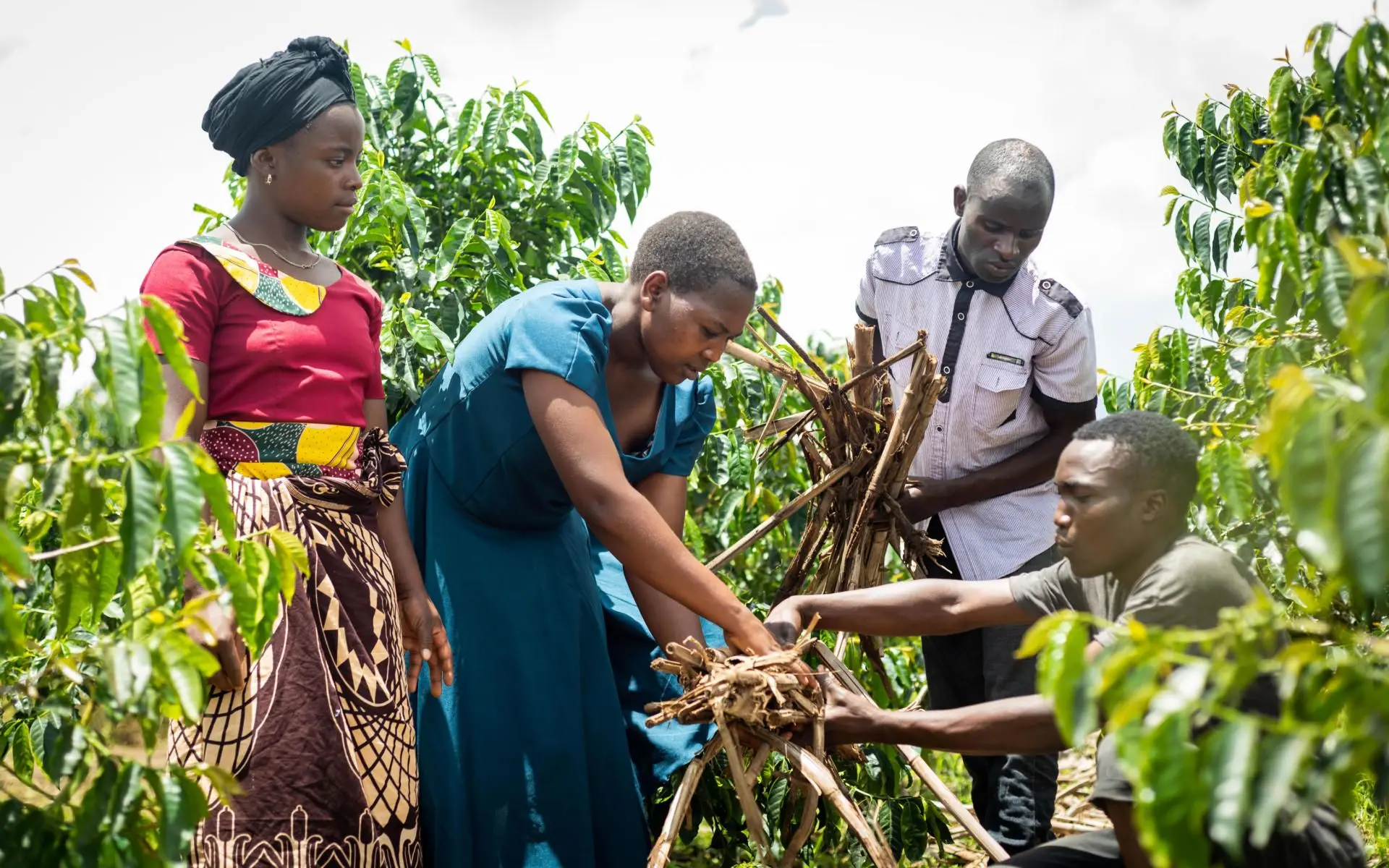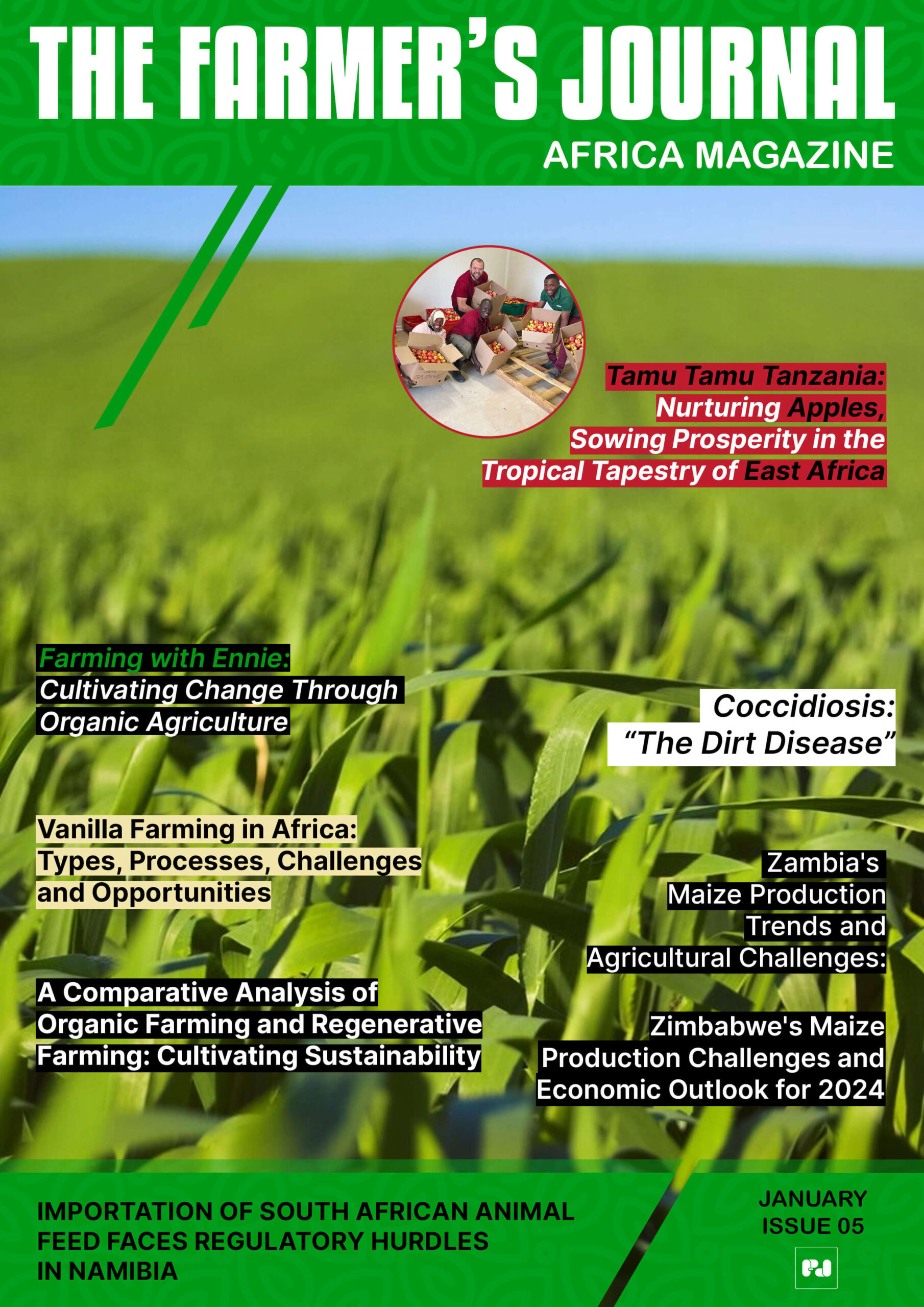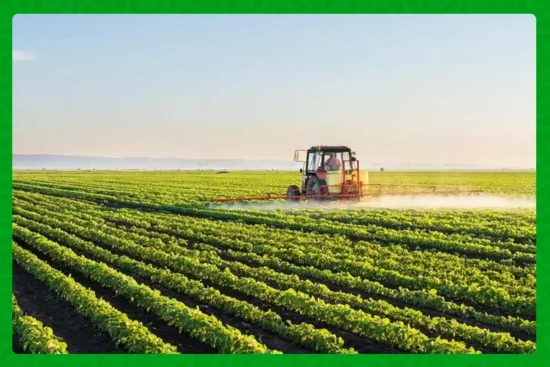
A lifeline for coffee families as weather grows less predictable
On small plots across Tanzania, coffee farmers read the sky like a ledger. Rain in the right month can mean the difference between a good harvest and a year of scraping by. That is why the new Coffee and Climate Programme from Hanns R. Neumann Stiftung, known as HRNS, feels less like aid and more like a timely conversation with the land itself.
The foundation has designed this initiative to help farmers adapt to shifting weather patterns while lifting productivity. It is practical, hands on and aimed at keeping coffee livelihoods resilient as seasons change. HRNS is not promising a quick fix. Instead the programme offers techniques, tools and training that help farmers stay working and earning when the weather refuses to cooperate.
Practical steps that protect yields and incomes
Muddy Kimwery, HRNS Regional Communication Specialist, puts it plainly. Changing weather patterns are already reducing yields and affecting coffee quality. To produce premium beans farmers need both good weather and informed farm management, he says. The programme focuses on climate-smart agricultural practices that protect soil, conserve water and keep trees healthy so coffee plants can perform even in tougher seasons.
Key elements of the programme include drought management training, rainwater harvesting and conservation techniques to retain soil moisture and prevent erosion. These practices are the kind of low tech, high impact actions that keep farms productive during dry spells. They also lower the risk that a single poor season will wipe out a family’s income.
Another central pillar is crop diversification through intercropping. Farmers are encouraged to grow bananas and other food crops alongside coffee. That approach improves food security, spreads economic risk and creates new sources of income between harvests. For households, it translates into steadier meals and steadier cash flows.
A modern toolbox for age-old challenges
HRNS is not relying only on face-to-face training. The foundation has developed the Coffee and Climate App Toolbox, a digital platform built to connect trainers and farmers with timely, tailored guidance. Trainers can upskill and share better practices, while farmers receive actionable tips on production, pest management and coping strategies as conditions change.
The app is an important bridge. In remote areas where extension services are thin, a handheld device with clear, localized information can be the difference between knowing what to try and having to guess. Farmers who use the app can make small adjustments in real time, protecting quality and improving their chances of earning more for their beans.
Built on a track record in Tanzania
This programme is not HRNSs first effort in the country. Since 2006, HRNS projects have reached more than 57,000 coffee-farming households across Northern and Southern Tanzania, notes Pastory Temba, HRNS Northern Zone Coordinator. Those initiatives have helped improve productivity, strengthen household incomes and promote more sustainable farming practices.
That history matters. It means the current programme is built on established relationships, local knowledge and lessons learned over nearly two decades. Farmers are not being handed a one-size-fits-all manual. They are being offered adapted solutions that reflect the realities of Tanzanian coffee landscapes.
Why climate-smart coffee matters for Tanzania
Coffee remains one of Tanzanias most valuable cash crops. It supports rural livelihoods across many regions and contributes to national income. When farmers lose yield or quality to erratic rains or longer dry spells, the consequences ripple through villages and markets. Strengthening resilience therefore has direct benefits for families and for the wider economy.
By promoting water conservation, soil protection and crop diversification, the programme helps keep more value on the farm. That can translate into higher quality beans, better prices and more reliable livelihoods. Over time, it can also support national goals around sustainable agriculture and economic growth.
What success looks like
Success for the Coffee and Climate Programme will look like healthier coffee trees, steadier harvests and farmers who can weather a poor season without losing their footing. It will mean trainers confidently using the app toolbox to pass on best practices, and households supplementing income through intercropping and improved farm management.
Most importantly, success will be measured in people. When families can count on coffee to be a dependable source of income, children stay in school, homes are kept in repair and communities retain a sense of hope.
A hopeful step forward
The Coffee and Climate Programme is not a cure all. Climate change will keep presenting new challenges. But by combining practical, locally relevant farming techniques with digital tools and long standing relationships in the field, HRNS is helping farmers turn uncertainty into manageable risk and opportunity.
As Muddy Kimwery put it, good weather is an opportunity for producing premium beans. This programme gives farmers the tools to seize that opportunity, season after season.
Stay updated with the latest farming tips and agriculture industry news from Africa by subscribing to our newsletter. Don’t miss out on valuable insights and updates. Follow us on Twitter, LinkedIn, and Facebook to join our farming community and stay connected with us.


















